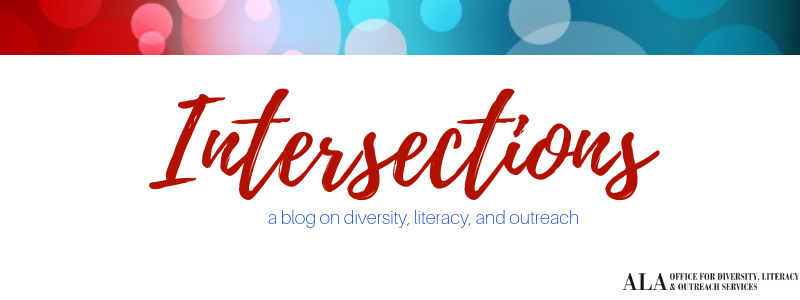
By: Kait McNamee, Library Specialist, Arapahoe Library District
I first met *Ana on a late weeknight shift. She had come to the library for books but saw me moving equipment out of our recording studio. She asked about the studios and within a few minutes, I learned that in her home country of Venezuela, Ana had been a musician. She asked to book time in the studio, and I gladly gave her the space and the training manuals then left her to it.
A few months later, after seeing Ana on a regular basis, she asked for help uploading a video to Youtube. She had, with no prior experience, recorded a song in our space with vocals and different instruments—all of which she played—then made a video for the song at our video editing station. The final product was sent out into the world from one of our computers, and Ana and I watched together as photos of empty grocery shelves and bloody protests in Venezuela were serenaded by her song.
Until that moment with Ana, I had not really acknowledged the creative space in the library as a space that really represents the equity that libraries are striving to provide. While I personally believe that creativity is important, I didn’t consider creative spaces as the place where equity happens; they were a blip in the ongoing movement toward inclusion. I thought of library inclusion strategies like early literacy outreach, technology classes, research assistance, summer reading programs, and myriad other ongoing, more “important” services as the leaders of equity. In my eyes, these were the programs that library districts could point to and say, “See, we’re doing it.”
The creative spaces, by comparison, seemed cute. Fun. Easy. Like the hot dogs at Costco that keep people happy, I once thought that creative spaces piqued patron interest and lured them toward the “important stuff” we do at libraries. These creative spaces seemed great for hobbies—recording music, making trinkets, digitizing old VCR tapes—and less for, well, real, powerful causes like Ana’s.
Through Ana, I began to see that the big picture, long-term process of a more inclusive library isn’t necessarily what gives patrons an equitable experience on a day-to-day basis. Equity and inclusion aren’t as specific as a single program or experience.
But I now see equity a little differently. I do see it as an experience, at the small, micro-level. I see it as the ability to come to the library, say, “hey, I want to DO this,” and then actually do it. That’s empowerment. That’s social improvement. And that’s where creative spaces stand at the forefront of inclusion. Creative spaces are not the fun icing on the cake—creative spaces are equity in action. They are an experience, something tangible and consistent, that is a shining part of the slow-moving process toward inclusion.
In Ana’s case, the studio did lure her into the “important stuff” the library does. She began taking classes via access to our online learning course platforms, and she hopes to get a job using these skills. But even if Ana had only put her song on Youtube and never returned, the library still would have achieved its mission of providing equitable, inclusive access to anyone and everyone, all through the “fun” of a creative space.
*Ana’s name has been changed for privacy reasons.
